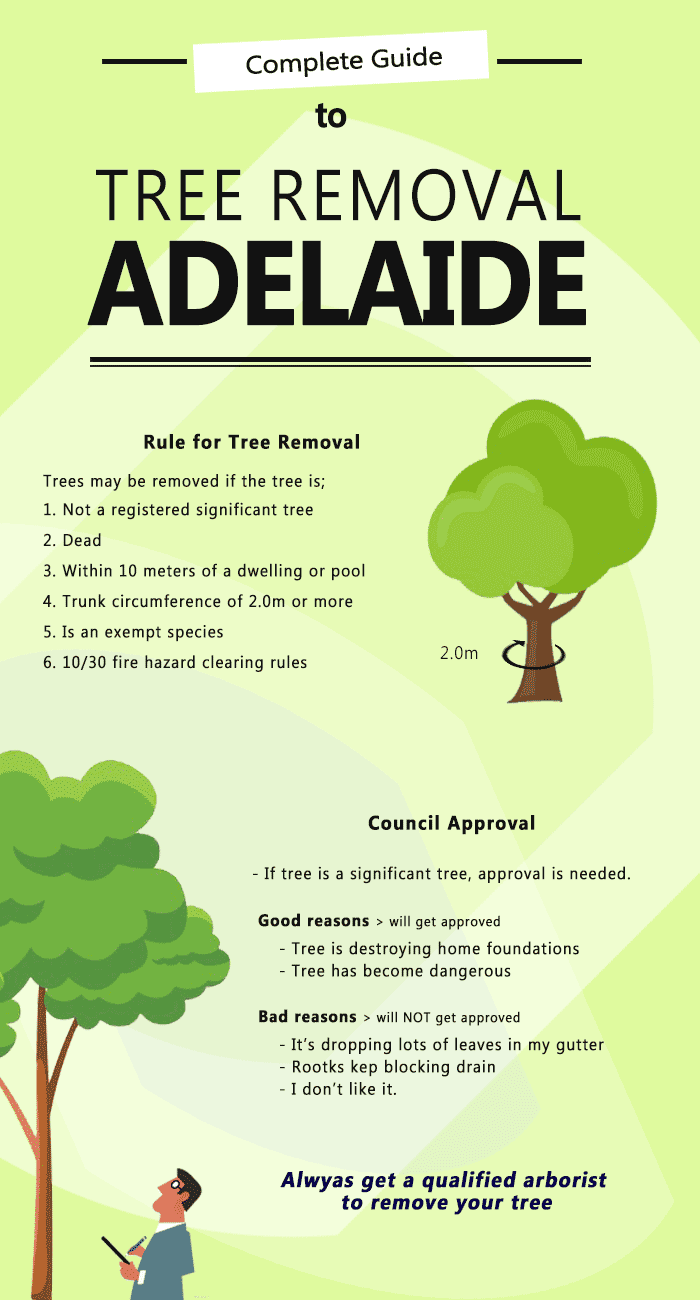Assessing Tree Health And Wellness: Guidelines For Choosing Tree Removal
Assessing Tree Health And Wellness: Guidelines For Choosing Tree Removal
Blog Article
Material Develop By-McCollum Holme
If you've ever before wondered about the destiny of the trees on your building, recognizing when it's time for removal is critical. Yet exactly how do you figure out if a tree can be conserved or if elimination is the only option? By trying to find particular indications and reviewing security dangers, you can make educated decisions that benefit both your landscape and your surroundings. Let's explore the essential factors that enter into play when choosing the fate of a tree and how you can guarantee the very best outcome for your eco-friendly buddies.
Indications of Tree Decrease
If you notice any one of the following indications of tree decline in your yard, it might be time to consider tree elimination.
One typical indication is dead or worn out branches, which can show underlying issues impacting the tree's wellness. Watch out for stained or wilted fallen leaves that linger despite appropriate treatment, as this could be an indication of condition or insects.
Another warning signal is extreme leaning or a noticeable change in the tree's base, which might suggest origin concerns or architectural instability. Keep an eye out for fungal growth on the trunk or roots, as this can show rot and jeopardize the tree's stability.
In addition, if you observe big fractures in the trunk or significant arm or legs, it's important to address these concerns immediately to stop prospective hazards. Resolving these signs of tree decline immediately can help keep the safety and appearances of your yard environment.
Security Worries
To make sure the well-being of your home and those around you, prioritizing safety and security concerns related to trees is paramount. Trees can posture numerous safety and security dangers if not appropriately preserved. Dead or worn out branches might fall unexpectedly, threatening individuals or damaging structures.
Leaning trees can also be unsafe, especially if they're leaning in the direction of a building or power lines. Furthermore, trees with comprehensive root systems near structures or below ground utilities can trigger substantial damage gradually.
It's critical to on a regular basis inspect your trees for any type of indicators of prospective threat. Watch out for cracks in the trunk, large dental caries, or indications of disease and decay. If you see any one of these issues, it's finest to speak with a specialist arborist to analyze the circumstance and figure out the required course of action.
Taking positive steps to deal with security worries immediately can prevent accidents and residential or commercial property damages in the future. Keep in visit the following webpage , the safety and security of your property and those around you ought to always be the top priority when it involves tree upkeep.
Consulting an Arborist
When taking into consideration the health and wellness of your trees, getting in touch with an arborist is an important step. Arborists are educated specialists who specialize in the care and upkeep of trees. They can evaluate the total health of your trees, identify any problems such as conditions or structural problems, and give experienced recommendations on the very best strategy.
By seeking advice from an arborist, you can obtain useful insights into the condition of your trees and identify whether elimination is essential. Arborists have the expertise and experience to review the dangers associated with maintaining a tree versus removing it. They can likewise use guidance on alternative services, such as pruning, cabling, or supporting, to assist protect the tree whenever feasible.
Furthermore, arborists can aid you navigate any local laws or permits that might be required for tree removal. Their know-how can make sure that the procedure is accomplished securely and in compliance with any kind of appropriate regulations.
Conclusion
To conclude, when determining whether trees can be conserved or if elimination is needed, it is necessary to take into consideration signs of decrease and safety worries. Consulting an arborist for an extensive evaluation is vital in making the best choice for the tree's health and possible hazards. Keep in mind, aggressive care and timely action can aid maintain trees and avoid accidents.
